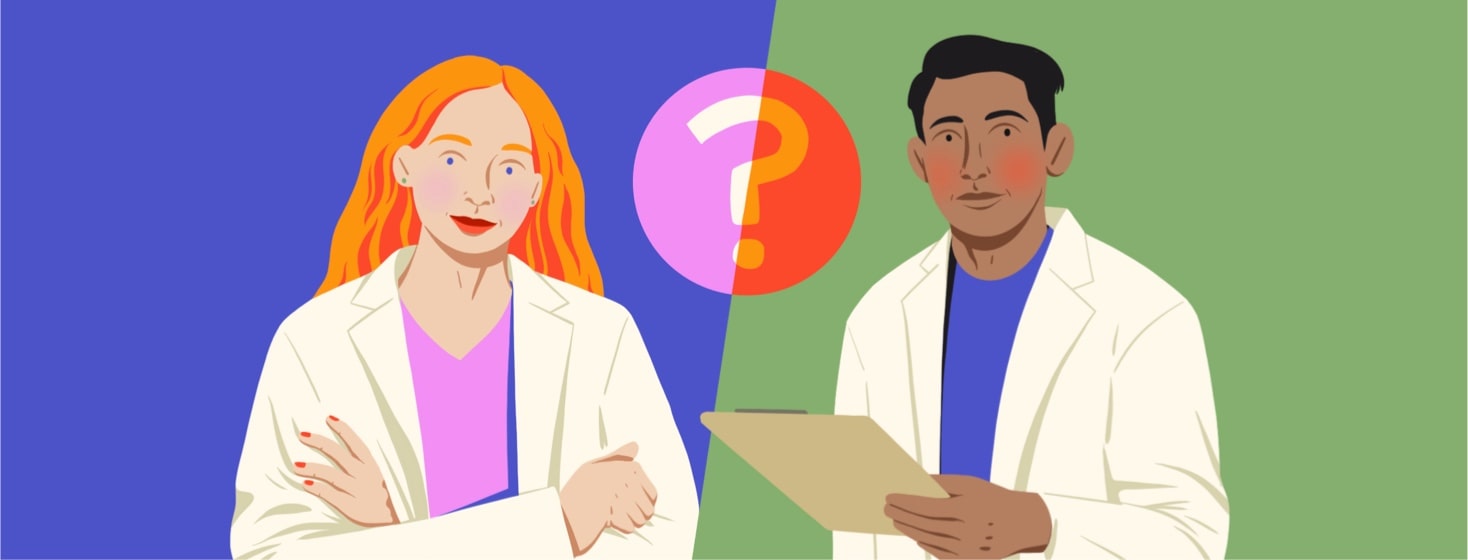Finding the Best Medical Support for Me
For many, many moons I was a restless soul — physically. Mentally, I had found my little place in life and I was content. But my body was filled with discontent.
It had gone on so long and was so second nature that I never really considered it to be a medical issue. It felt as much a part of me as having red hair, freckles, and a curvy body. Unlike my red hair, however, constant fidgeting and twitching kept me – and my husband – awake most nights. And while aging has caused my hair to fade, it has caused my jiggling to intensify.
The beginning of my medical treatment for RLS
Nearly 20 years ago I went to the doctor for unrelated reasons, and for the first time, I mentioned my incessant, irritating compulsion to move and the creepy-crawling sensations that never left me. He gave me a name for the symptoms: restless legs syndrome (RLS). And in that instant, I felt validated. Just knowing it was a medical condition helped my state of mind.
My first interactions with the doctor about RLS all involved discussing lifestyle changes – reducing caffeine and alcohol in particular. Increasing exercise. Avoiding being too sedentary. Because my general health was excellent, my visits to the doctor were often many months apart. And because it’s often viewed as a very benign condition, the doctor did not spend much time discussing RLS with me.
My symptoms worsened over time
But day by day, month by month, symptoms worsened and my already poor sleep started evaporating. I did a lot of Googling and learned a lot of things — in particular, the negative impact of low magnesium and iron. So I started magnesium supplements, and for a while, they helped. I asked the doctor to check my iron levels, and it turns out they were very low. It also turns out I’m allergic to iron supplements, so it was a slow building up of iron with dietary intake. But improved iron helped my symptoms no end.
Years passed and things worsened. I was incredibly uncomfortable a lot of the day and very sleep-deprived. After much pushing and discussing with the doctor, I was given some diazepam to relieve my symptoms. At the time, it was the only available medication being prescribed for RLS. It gave me unbelievable, blessed relief for 4 hours each time I took it. But it was not a daily medication, and I was very conscious of not wanting to build tolerance and dependence with a benzodiazepine.
It took 5 years with 1 doctor to get adequate medical support
Every time I visited the doctor, I bemoaned my lack of sleep and the impact of restlessness on my everyday life. The doctor sounded sympathetic but had no answers — until about 15 years ago. Then I was introduced to pramipexole for the first time, and it became a life-changer for me.
It took 5 years of interacting with the doctor to get medical support. Until then, it was a sympathetic ear. Research has come a long way in the past 20 years, and doctors are more knowledgeable. With the advent of Google, I was able to print articles and take them to my doctor for consideration.
Finally starting to experience restfulness
About 10 years ago, I changed doctors for a number of reasons, and at that point, I started to receive more support in managing my RLS. My blood was checked regularly. I had iron infusions. Sleep was often discussed. I added pregabalin to the pramipexole, and restfulness started to feature in my life.
As I have complex insomnia issues, I didn’t always sleep well. Sometimes I didn’t sleep at all. But just being able to lie still in bed was nothing short of miraculous. I was able to rest even when I could not sleep.
I am grateful for doctors who acknowledge and treat my symptoms
I have seen doctors over the years who dismissed RLS as being of no consequence. I am very fortunate and grateful to have had 2 doctors acknowledge and treat my symptoms. That medical support has had an enormous impact on the quality of my life.

Join the conversation